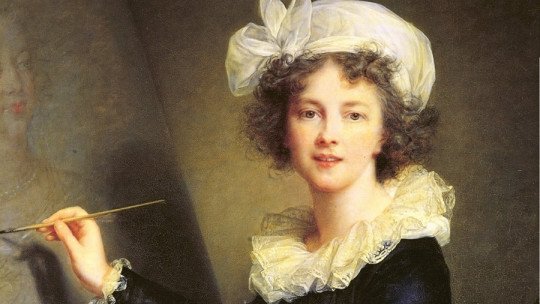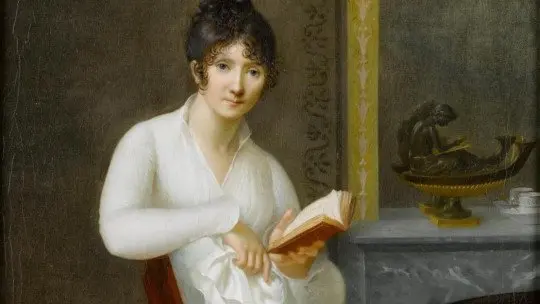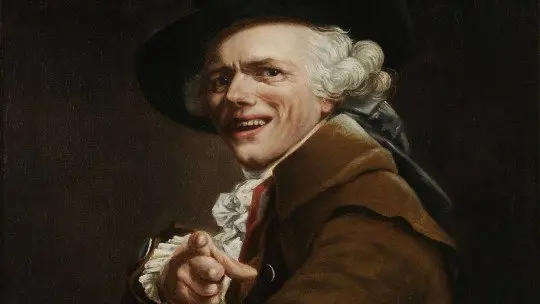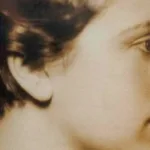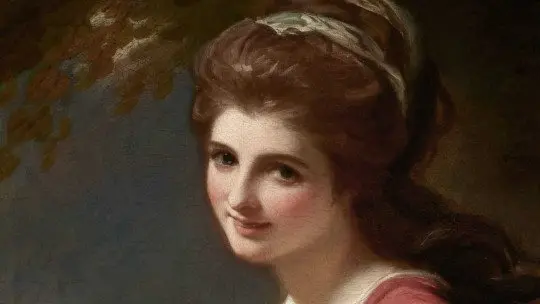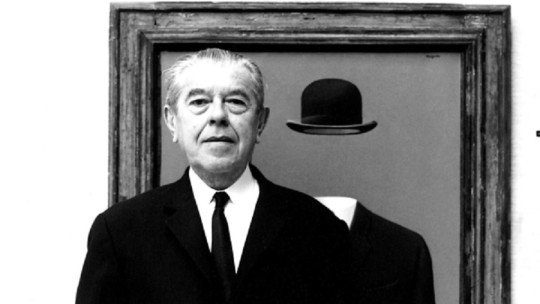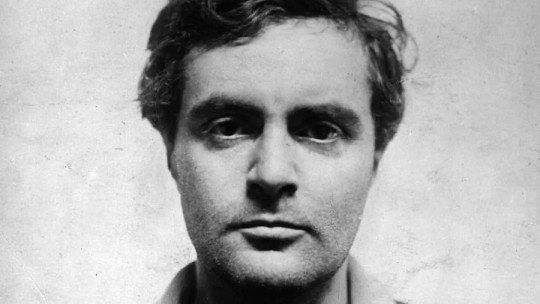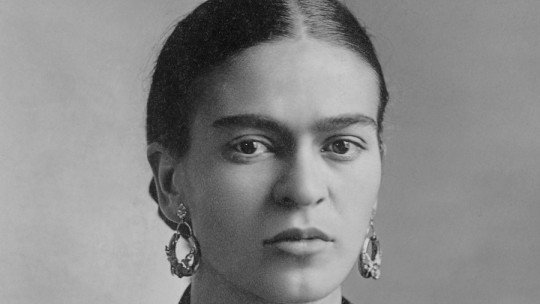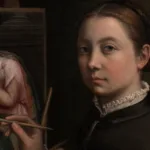Actually, if we were to think about an 18th century artist famous throughout Europe, we would have to name Élisabeth Vigée Lebrun (1755-1842). Because during her lifetime, this French painter was known throughout Europe, and She was requested as a portraitist by the most distinguished aristocratic families and the most notable intellectuals of the time His fame reached remote Russia, where he settled for six long years, which were extraordinarily productive.
Why, then, if the name of Vigée Lebrun was so well known, does it barely appear in art encyclopedias? Her status as a woman has a lot to do with this. And, starting in the 19th century, female artists were vilely silenced by official historiography, to the point that many of them are almost unknown today.
In today’s article we talk about the life of Queen Marie Antoinette’s favorite painter, whose friendship caused her to hastily flee France when the Revolution broke out. We talk about Élisabeth Vigée Lebrun, the great French painter
Brief biography of Élisabeth Vigée Lebrun, the most sought-after painter of the 18th century
The work that Élisabeth Vigée Lebrun would leave to posterity is on a par with illustrious names of the 18th century, such as Fragonard or Gainsborough. In fact, the painter earned more for her paintings than these male colleagues earned.
After the outbreak of the Revolution, the artist was forced to begin a pilgrimage through the European courts of the time, since due to her friendship with Queen Marie Antoinette it was impossible for her to return to France. In each and every one of them she carried out numerous commissions, both from members of the great royal houses and the small nobility, as well as from writers and thinkers.
A workshop of its own with only fifteen years
Vigée Lebrun’s style was sweet and intimate. It was born in the midst of the Enlightenment, when the echoes of the gallant Rococo style could still be breathed in art Daughter of the modest painter Louis Vigée, a member of the Academy of Saint Luke in Paris, and his wife, Jeanne Maissin, the girl’s precocious talent was already evident at the age of eleven, when, after leaving the boarding school where she completed her studies, , begins to receive notions of painting from his father.
The death of her father shortly afterwards plunges her into sadness, since Élisabeth was always very close to her father. To further complicate the situation, her mother, Jeanne, almost immediately remarries a certain Jacques-François Le Sèvre, forced by the financial situation in which they have been left after the death of Élisabeth’s father. The young girl will never be able to have a cordial relationship with her stepfather, who has a reputation for having a rude and irascible character.
A very young Élisabeth opens her own painting workshop at the age of fifteen. His precocity is not only spurred by his father’s teachings, but also by his innate ability with painting Élisabeth is, as often happens (especially in the case of women) practically self-taught. Unfortunately, the very promising workshop is finally seized, since the painter lacks a license to practice.
During those years, however, the young artist has already acquired a notable portfolio of clients, mostly bourgeois and members of the Parisian small nobility. The benefits that her work brings her are such that the girl is completely autonomous and independent, something truly unusual in those years. By then, Élisabeth’s stepfather had retired, and the family moved residence. One of the neighbors of the new building is Jean-Baptiste-Pierre Lebrun (1748-1813), art dealer and amateur painter, who soon feels attracted by the charm of the young artist.
The queen’s favorite painter
Although Monsieur Lebrun seems a more than notable catch (his supposed fortune greatly impresses Élisabeth’s mother, who wants her daughter to marry as expected of a girl of her age), the young painter does not seem very inclined to accept the dealer’s proposals. As she later stated in her Memoirs, Élisabeth made a very good living from her paintings and did not need to go through the social requirement of marriage. All in all, she ended up giving in to her maternal wishes, we don’t know if it was out of love for Lebrun or simply to escape from the family home and the screams of her always hated stepfather.
Jean-Baptiste and Élisabeth married in 1776, when the young woman had just turned twenty-one The art collections that the dealer treasures and that the artist copies with great devotion are very useful for him to practice his painting. Shortly after the wedding, Élisabeth is called to Versailles for the first time; Her work has interested the queen. This will be the beginning not only of a profuse career for her as a royal portraitist, but also of a deep friendship that, after 1789, will bring serious consequences for the artist.
In her Memoirs, Vigée Lebrun testifies to the good impression the queen made on her during their first meeting What stands out about her is her beauty and her voice, as well as her bearing and her elegance. There is nothing in the description of Élisabeth that reminds us of the frivolous Madame Déficit reviled by her enemies, so we can think that the queen’s true personality is much more complex than we have been led to believe.
One of the most famous portraits that Élisabeth made of Marie Antoinette is one executed in 1783, where the sovereign appears wearing a chemise, that is, a type of dress, much lighter and more comfortable, that she herself had made fashionable at court. . Her attire fit much better with the enlightened trend of the time and Rousseau’s teachings, which urged returning to nature and living in comfort and simplicity. Of course, the portrait was harshly criticized for her “effrontery,” and Élisabeth had to repaint the queen in an attire more appropriate for her position.
revolutionary winds
In contrast to the takeoff and consolidation of her professional career, Vigée Lebrun’s married life only declines. Her marriage to Jean-Baptiste is troubled by her husband’s gambling addiction, who spends everything the artist earns through her efforts on gambling. Meanwhile, in February 1780, Julie, the only daughter of the couple, came into the world, who would become Élisabeth’s most fervent passion and which she would capture in a multitude of works, thus leaving testimony to the childhood and youth of her daughter.
Élisabeth Vigée Lebrun was smart enough to run away before the revolutionary winds became too strong. She He knew that his close friendship with the queen could cause problems once the Revolution began , so in 1789 he headed to Italy, where he settled in several cities waiting for the times to ease. With her she takes her beloved Julie, who from now on will accompany her on all her journeys.
However, the wind of the Revolution does not calm down; On the contrary, it grows more and more and threatens to destroy everything. His former supporter is guillotined in 1793; Élisabeth then realizes that she can no longer return to France The Assembly has put her on the black list of the so-called émigré, that is, all those who have fled France for political reasons. From Paris, her husband does everything possible to clear her name, but to no avail. Finally, in 1794, in the middle of the Terror, he was forced to divorce his wife. The sentence is ratified on June 3.
Europe at your feet
Élisabeth’s banishment lasts no less than twelve long years, during which she loses her rights as a French citizen. Despite her bitterness at being far from her home, her exile is highly beneficial for her artistic career, as all European courts open their arms to her. The nobles and royal houses fight for Vigée Lebrun to paint them, which she does with pleasure, with her luminous and friendly brushstroke that unites the old gallant style with the new times of neoclassical taste.
It is thanks to this flood of commissions that the painter is able to cover her expenses abroad. Always accompanied by her daughter, in 1795 she arrived in Russia, where she settled for six years and which the artist came to consider as her second home.
In 1800 there was an unexpected separation from his beloved daughter Julie has fallen in love with Gaetan-Bernard Nigris, secretary of the director of the Imperial Theaters of Saint Petersburg and, against the wishes of her mother, the two young people marry and settle in Russia. Meanwhile, in France the Napoleonic empire has triumphed and the Great Corsican authorizes Élisabeth to return. The painter set foot in Paris again in 1802, exactly twelve years after her departure.
However, returning to what was her home does not prevent Vigée Lebrun from continuing to travel. In 1803 she found herself in England, where she portrayed none other than the poet Lord Byron. The following year, Julie and her husband also return to France, to the joy of her mother. During those years, Élisabeth acquired a beautiful house in the countryside, in Louveciennes, where she often retreated to escape the hustle and bustle of Paris.
The decade of 1810 is truly fateful for the artist. In 1813, Monsieur Lebrun, her ex-husband, died, towards whom Élisabeth still had a dear affection. On the other hand, in August 1820 her brother Étienne de ella, with whom she had always been very close, died in turn. But the hardest blow occurs in December 1819: after a severe and strange illness, Julie, her beloved daughter, leaves this world at only thirty-nine years old. From then on, it will be Caroline, Étienne’s daughter, who will accompany her heartbroken mother in the last years of her life.
Élisabeth Vigée Lebrun died in 1842, when her work had practically fallen into oblivion. Before she left, however, she left for posterity some excellent memoirs, which she called Souvenirs (“Memories”), in which he recounts his entire life, from his training in his father’s workshop to his last sad years, including his European journey. A journey during which Élisabeth Vigée Lebrun had all of Europe at her feet.

